A team of Chinese researchers has made a significant breakthrough by developing a platform that has realized, for the first time in the world, high-pressure in-situ quantum magnetic detection based on silicon vacancy defects in silicon carbide.
This technique may shed light on the mechanism behind the occurrence of superconducting, which is the ability of certain materials to conduct direct current electricity without any energy loss, under certain conditions, including those involving high pressure. It may also pave the way for exploring new quantum materials.
The researchers, led by experts from the Hefei Institutes of Physical Science under the Chinese Academy of Sciences as well as the University of Science and Technology of China, used ion implantation to generate shallow silicon vacancy defects on the surface of a processed silicon carbide anvil cell to avoid the problem of temperature variations in high-pressure sensing.
Using optically detected magnetic resonance technology, they observed the pressure-induced magnetic phase transition of a magnet at about seven gigapascals, according to the study published in the journal Nature Materials on Friday.
The work is "quite interesting" and could "open the door to new studies of quantum materials," said a peer reviewer of the paper.















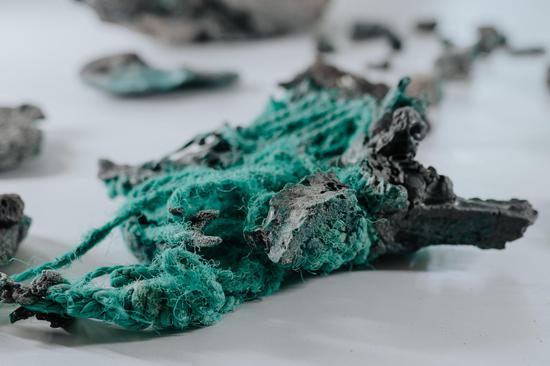
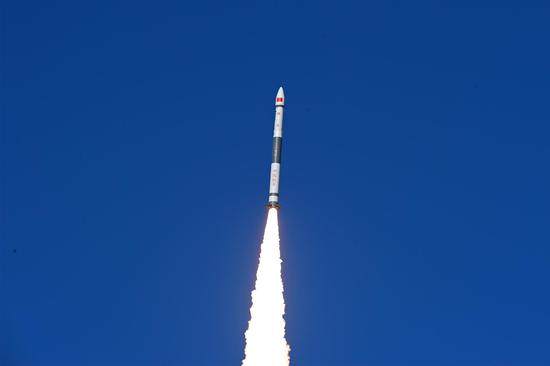








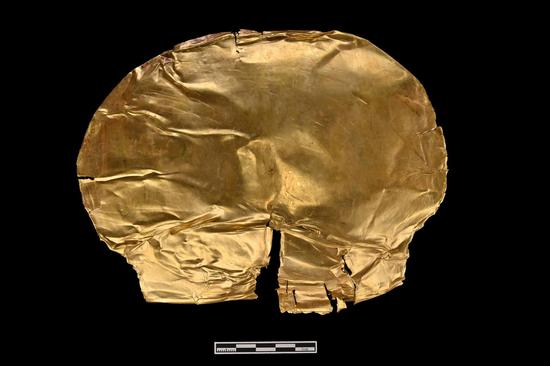







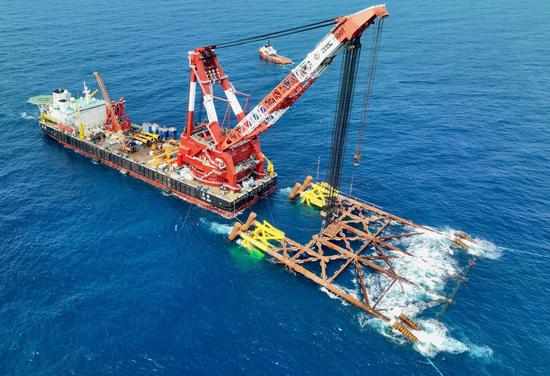





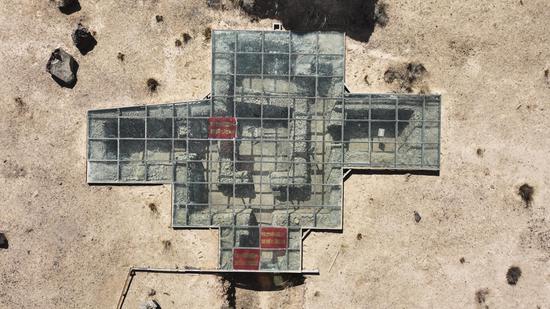










 京公网安备 11010202009201号
京公网安备 11010202009201号